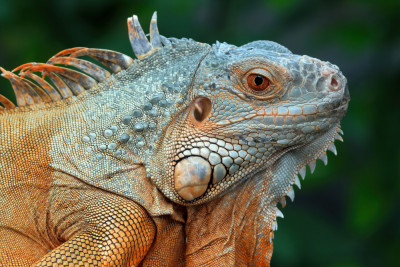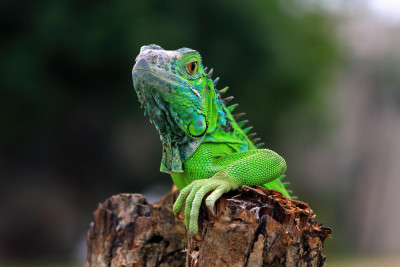Exotic pets, by definition, are species that are not traditionally domesticated or native to a particular region. While dogs, cats, and goldfish might be common in households worldwide, animals like Fennec foxes, sugar gliders, or kinkajous are considered a tad more unconventional. As intriguing as they might be, the ownership of exotic pets comes with its set of challenges and responsibilities. Let's delve deeper into the world of these unique creatures.
1. Popular Exotic Pets
-
Sugar Glider: Native to Australia, sugar gliders are small nocturnal marsupials that can glide from tree to tree. They are social creatures and thrive best when kept in pairs or groups.
-
Fennec Fox: Recognized by their large ears and small size, these desert animals are active and require plenty of stimulation.
-
Kinkajou: Often mistaken for monkeys, kinkajous are related to raccoons and are native to Central and South America. They are nocturnal and have a sweet disposition.
-
Wallaby: These mini kangaroo-like creatures are from Australia and need a lot of space to move around.
-
Capybara: As the world's largest rodent, capybaras are semi-aquatic and social animals.
-
Serval: Native to Africa, servals are wild cats known for their tall legs and beautiful spotted coats. They have significant space and enrichment needs.
2. Considerations Before Getting an Exotic Pet
-
Legality: In many places, owning an exotic pet requires special permits, and in others, it might be illegal. It's essential to research local regulations before considering adoption.
-
Lifestyle: Exotic pets can have unique care and housing needs. Sugar gliders, for instance, are social and nocturnal, while a serval requires a lot of space and a special diet.
-
Longevity and Size: Some exotic pets can live a long time or grow larger than expected. Knowing



